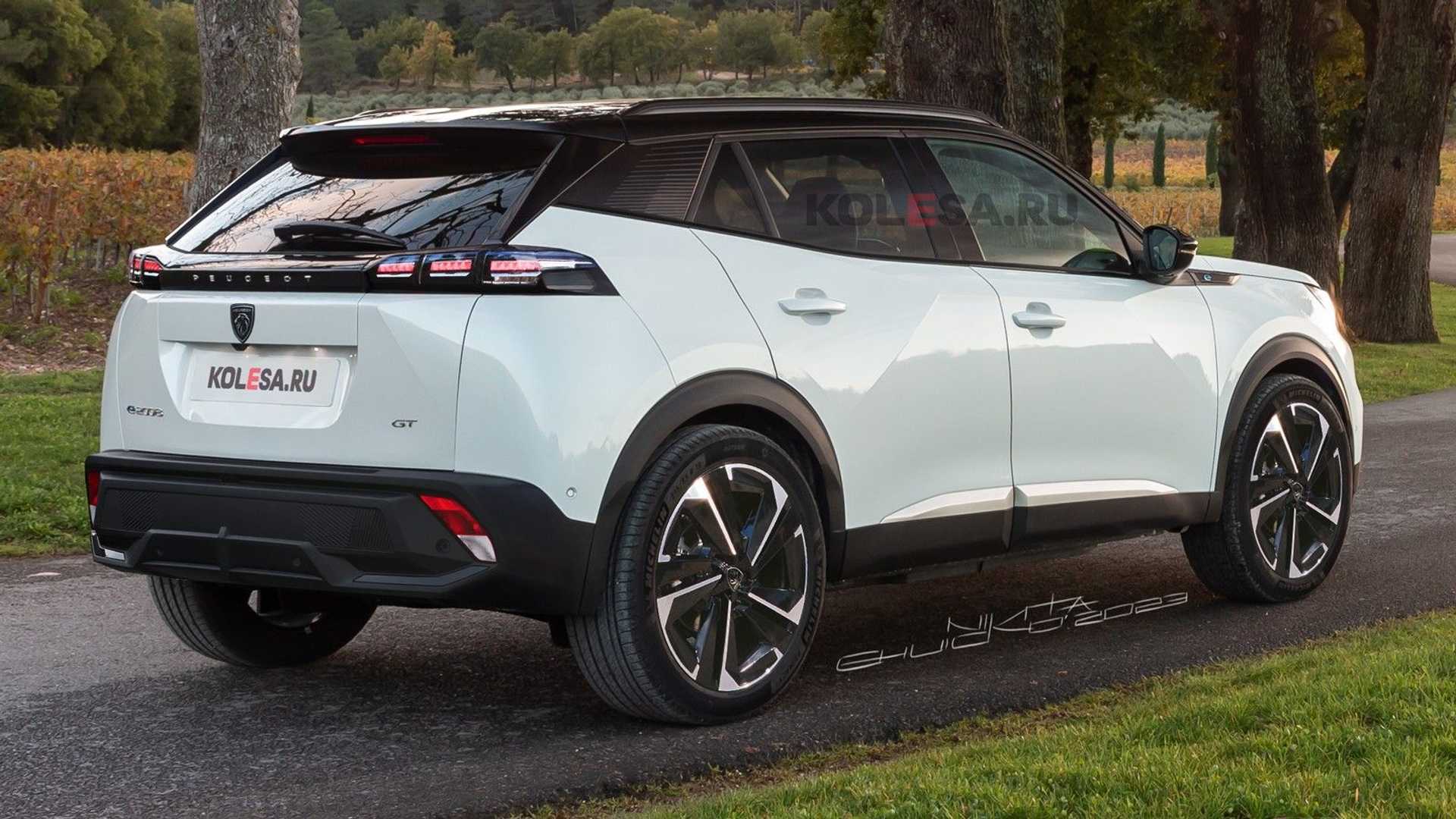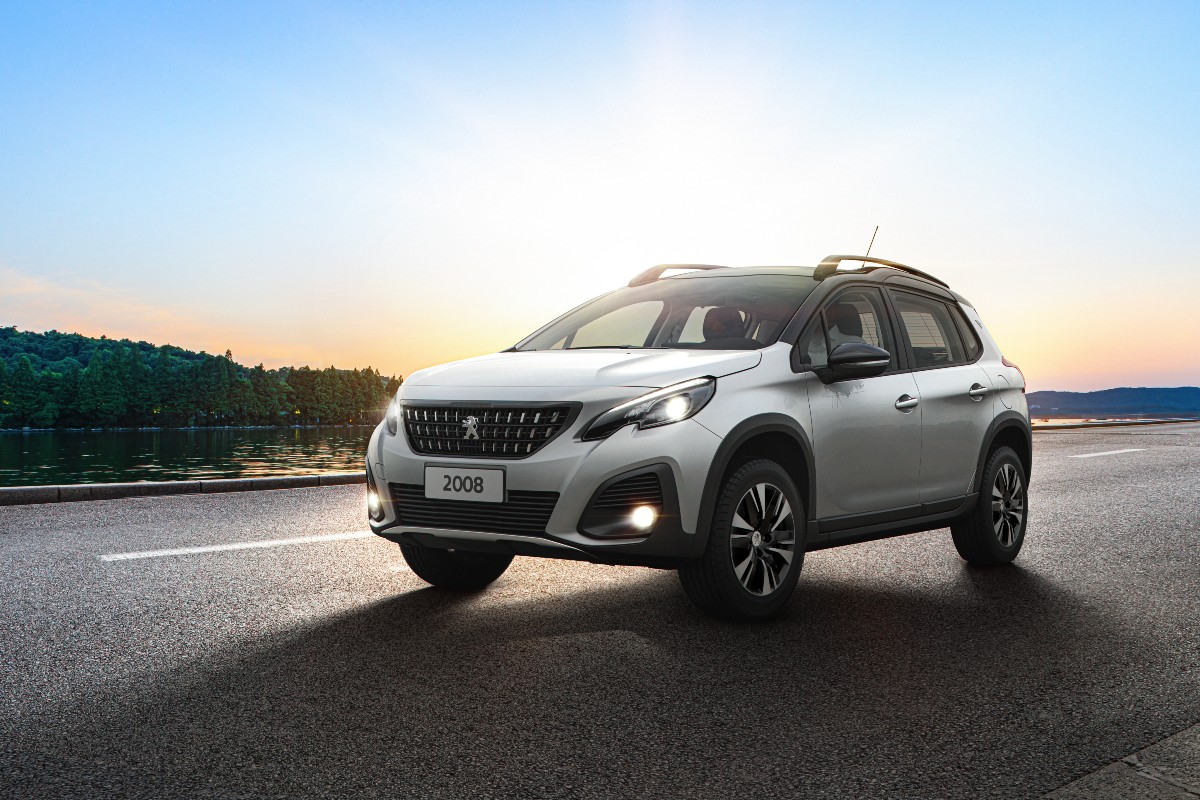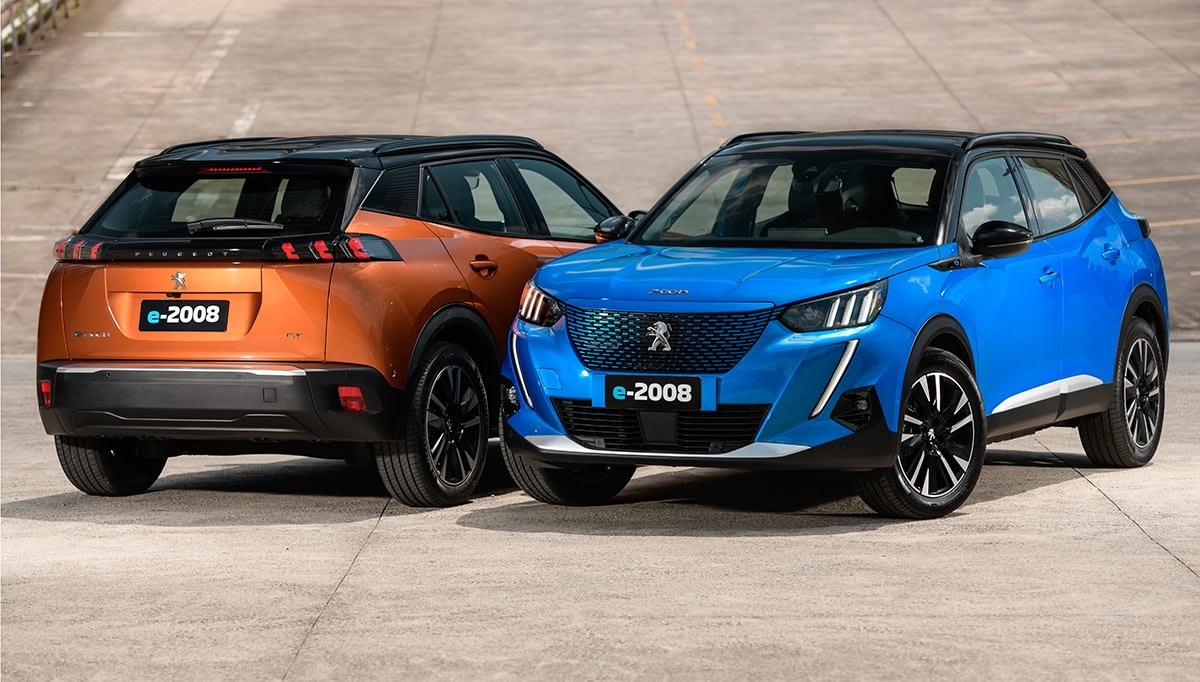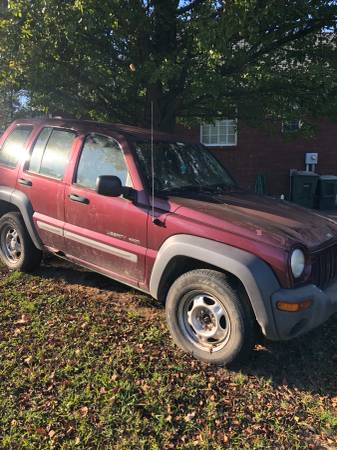2008 Jeep Wrangler Rubicon For Sale: Your Guide to Owning an Off-Road Legend
2008 Jeep Wrangler Rubicon For Sale: Your Guide to Owning an Off-Road Legend jeeps.truckstrend.com
For enthusiasts and adventurers alike, the mention of a Jeep Wrangler often conjures images of rugged trails, open air, and an untamed spirit. Among the storied lineage of this iconic vehicle, the 2008 Jeep Wrangler Rubicon stands out as a true off-road titan, a testament to uncompromised capability and enduring appeal. More than just a vehicle, it’s a statement, a tool for exploration, and a gateway to an unparalleled driving experience. If you’re considering a "2008 Jeep Wrangler Rubicon for sale," this comprehensive guide will walk you through everything you need to know, from its legendary features to practical buying advice, ensuring you make an informed and confident purchase.
The Legend of the Rubicon: What Makes It Special?
2008 Jeep Wrangler Rubicon For Sale: Your Guide to Owning an Off-Road Legend
The Rubicon trim, introduced in 2003, quickly became the pinnacle of factory-built off-road performance for the Jeep Wrangler. Named after the challenging Rubicon Trail in California’s Sierra Nevada mountains – a trail so arduous it’s used as a testing ground for Jeep’s own development – the Rubicon badge signifies a vehicle engineered to conquer the toughest terrain right off the showroom floor.
The 2008 Jeep Wrangler Rubicon, part of the JK generation (2007-2018), brought this formidable capability to the then-new, wider, and more comfortable platform. What truly sets a Rubicon apart from other Wrangler trims are its highly specialized, heavy-duty components:
- Dana 44 Front and Rear Axles: Unlike the standard Dana 30 front axle found on other Wranglers, the Rubicon boasts Dana 44 axles at both ends. These are significantly stronger, more durable, and better equipped to handle the stresses of serious off-roading, especially with larger tires.
- Electronic Locking Differentials (Tru-Lok): At the push of a button, both the front and rear differentials can be electronically locked. This forces both wheels on an axle to spin at the same rate, providing maximum traction in extreme low-traction situations (like deep mud, sand, or crawling over rocks) where one wheel might lift off the ground.
- Electronic Front Sway Bar Disconnect (Active Sway Bar System): This innovative feature allows the driver to electronically disconnect the front sway bar at speeds below 18 mph. Disconnecting the sway bar increases wheel articulation, allowing the suspension to move more freely and keep all four tires in contact with uneven terrain, dramatically improving off-road stability and grip.
- Rock-Trac NV241 Transfer Case: The Rubicon features a robust transfer case with a 4:1 low-range gear ratio. This incredibly low gearing provides superior torque multiplication at low speeds, offering precise control and immense crawling power when navigating challenging obstacles. Standard Wranglers typically have a 2.72:1 low range.
- Heavy-Duty Suspension and Skid Plates: Designed to withstand abuse, the Rubicon comes with a more robust suspension setup and additional underbody skid plates to protect vital components like the fuel tank, transfer case, and oil pan from impacts.

These features aren’t just buzzwords; they are the fundamental building blocks that transform a capable SUV into an almost unstoppable off-road machine. For anyone serious about tackling trails beyond graded dirt roads, the Rubicon’s factory enhancements offer a significant advantage and often save thousands in aftermarket upgrades.
Why Buy a 2008 Model Year?
The 2008 Jeep Wrangler Rubicon belongs to the JK generation, which ran from 2007 to 2018. This generation marked a significant evolution for the Wrangler, offering more interior space, improved on-road manners (relatively speaking), and the introduction of the four-door Unlimited model.
- The 3.8L V6 Engine: The 2008 model is powered by Chrysler’s 3.8-liter EGH V6 engine, producing 202 horsepower and 237 lb-ft of torque. This engine, while not known for its blistering speed or exceptional fuel economy, is a proven workhorse. It’s generally reliable and delivers adequate power for both on-road driving and off-road crawling, especially when coupled with the Rubicon’s low gearing. While some later JK models received the more powerful 3.6L Pentastar engine, the 3.8L has its own fan base for its simplicity and robustness.
- Value Proposition: A 2008 Rubicon often presents an excellent value proposition. Compared to newer JL generation Wranglers or even later JK models, the 2008 can be acquired at a more accessible price point, making high-level off-road capability attainable without breaking the bank. This allows for budget allocation towards essential maintenance or desired modifications.
- Aftermarket Support: The JK platform has an enormous aftermarket industry. Regardless of what you want to do – lift it, add bigger tires, upgrade bumpers, or enhance lighting – parts are readily available from countless manufacturers, often at competitive prices. This makes customization and repair straightforward.
- Simplicity and Repairability: While it has more electronics than older YJ or TJ models, the 2008 JK is still relatively straightforward to work on for the average DIY mechanic. Its systems are less complex than modern vehicles, potentially leading to lower labor costs if professional help is needed.


What to Look For When Buying a Used 2008 Rubicon
Purchasing a used 2008 Jeep Wrangler Rubicon requires a thorough inspection, as these vehicles are often bought specifically for their intended purpose: off-roading. Here’s a detailed checklist:
Mechanical Inspection:
- Engine (3.8L V6): Listen for unusual noises (knocks, ticking). Check for oil leaks around the valve covers, oil pan, and rear main seal. Inspect the coolant reservoir for contamination. Some 3.8L engines were known for oil consumption, so ask about oil change frequency and level.
- Transmission:
- Automatic (42RLE): Check fluid level and color (should be reddish, not dark or burnt). Feel for smooth shifts; any harshness or slipping could indicate issues.
- Manual (NSG370): Test clutch engagement (should be smooth, not slipping). Listen for grinding or difficulty engaging gears.
- Transfer Case: Check for leaks. Engage 4WD high and low to ensure it shifts smoothly and the indicator lights work.
- Axles (Dana 44s): Look for fluid leaks around the differential covers and pinion seals. Listen for any whining or grinding noises during the test drive, which could indicate worn gears or bearings.
- Suspension: Inspect springs, shocks, control arms, and bushings for wear, cracks, or leaks. Look for evidence of bottoming out.
- Steering: Check for excessive play in the steering wheel. Inspect tie rod ends, drag link, and ball joints for looseness or wear.
- Brakes: Check pad and rotor wear. Ensure the pedal feels firm and doesn’t pulsate.
- Electronic Sway Bar Disconnect: Test its operation. Engage and disengage it multiple times to ensure it works smoothly and without error lights.
- Lockers: Engage both front and rear lockers (ideally on a loose surface like dirt or gravel, or with the vehicle lifted) to ensure they engage and disengage properly. Listen for the characteristic "clunk" as they engage.
Rust Inspection:
Jeeps are prone to rust, especially in areas where salt is used on roads or near coastal regions.
- Frame: This is critical. Inspect the entire frame for excessive surface rust, flaking, or rot, especially around welds, body mounts, and suspension mounting points.
- Body: Check the floor pans (under the carpet), rocker panels, fender wells, door hinges, and tailgate for rust bubbles or perforation.
Electrical Systems:
- Test all lights (headlights, taillights, turn signals), power windows, power locks, wipers, HVAC (AC and heat), and radio.
- Ensure all dashboard warning lights illuminate upon starting and then turn off as they should.
Off-Road Usage Indicators & Modifications:
- Skid Plates & Diff Covers: Look for scrapes, dents, and gouges, which are signs of heavy off-road use. This isn’t necessarily a deal-breaker but indicates how hard the vehicle has been driven.
- Underbody: Inspect for bent components, damaged exhaust, or signs of poor repairs.
- Modifications: Be wary of poorly executed aftermarket modifications. A quality lift kit, for example, is fine, but check for proper alignment, correct geometry (caster correction), and good quality components. Ask about the brand of parts used and if professional installation was done. Poorly installed mods can lead to numerous problems.
Documentation:
- Service Records: Ask for maintenance history. Regular oil changes, fluid flushes, and preventative maintenance are good signs.
- Vehicle History Report (CarFax/AutoCheck): Crucial for revealing accident history, title issues (salvage, flood), odometer discrepancies, and previous ownership.
The Driving Experience: On-Road and Off-Road
Driving a 2008 Jeep Wrangler Rubicon is an experience unlike any other SUV.
- On-Road: Expect a robust, utilitarian feel. The ride can be firm, and road noise, especially with aggressive tires, is noticeable. It’s not a luxury sedan; it’s a truck-based SUV. The 3.8L engine provides adequate but not exhilarating acceleration. Handling is predictable but requires attention due to the high center of gravity. It’s a vehicle with character, often described as fun and engaging, if a bit unrefined.
- Off-Road: This is where the Rubicon truly shines. Its factory features transform it into an incredibly capable machine. With the sway bar disconnected and lockers engaged, it can crawl over obstacles that would leave most other SUVs stranded. The low gearing provides exceptional control on steep descents and technical climbs. It instills confidence, allowing drivers to tackle challenging trails with ease.
Ownership Costs and Maintenance
Owning a 2008 Rubicon involves a few considerations:
- Fuel Economy: Don’t expect hybrid-like numbers. The 3.8L V6 in a boxy, heavy vehicle typically yields 15-18 MPG combined, varying based on tires, modifications, and driving style.
- Insurance: Varies by location, driver history, and coverage. Generally comparable to other SUVs of its age.
- Maintenance: Regular oil changes (every 3,000-5,000 miles), tire rotations, and fluid checks are essential. Common wear items include ball joints, wheel bearings, and suspension components, especially if frequently off-roaded. Parts are generally readily available and reasonably priced. The 3.8L engine can experience oil consumption, so regular oil level checks are important.
Maximizing Your Investment: Tips for Buyers
- Set a Realistic Budget: Beyond the purchase price, factor in potential immediate repairs, registration, insurance, and any desired initial modifications (e.g., new tires).
- Research Thoroughly: Understand the JK platform’s quirks and common issues. Join online forums (e.g., JK-Forum, JLWranglerForums JK section) to learn from current owners.
- Get a Pre-Purchase Inspection (PPI): Even if you’re mechanically inclined, a professional inspection by a trusted mechanic (ideally one familiar with Jeeps) is highly recommended. They can spot issues you might miss.
- Test Drive Extensively: Drive it on various road types. Pay attention to how it handles, brakes, and accelerates. Listen for unusual noises. If possible, test the 4WD system on a safe, unpaved surface.
- Negotiate Based on Condition: Don’t be afraid to negotiate, especially if you find issues during your inspection. Use any identified problems as leverage.
- Consider Your Use Case: Is it a daily driver or a weekend trail rig? Your answer will influence how much mileage and cosmetic wear you’re willing to accept.
2008 Jeep Wrangler Rubicon Estimated Price Table
Please note: These prices are estimates and can vary significantly based on location, specific modifications, vehicle history (accidents, number of owners), and market demand. A Rubicon in a desirable color with low miles and a clean history will command a premium.
| Condition | Mileage (Approx.) | Price Range (USD) | Key Factors Influencing Price |
|---|---|---|---|
| Excellent | 60,000 – 100,000 | $18,000 – $25,000+ | Meticulously maintained, no rust, minimal off-road evidence, clean interior/exterior, desirable modifications (if any) are professional. |
| Good | 100,000 – 150,000 | $14,000 – $18,000 | Well-maintained, minor cosmetic flaws, some evidence of light off-road use, may need some common wear items replaced soon. |
| Fair | 150,000+ | $9,000 – $14,000 | Visible wear and tear, rust present (but not structural), needs significant maintenance/repairs, multiple owners, heavily modified. |
Factors that can increase value:
- Unlimited (4-door) vs. 2-door: 4-door models generally command higher prices.
- Hardtop: Desirable for security and quieter ride.
- Desirable Factory Options: Navigation, premium sound, etc.
- Tasteful, Professional Modifications: Quality lift kits, winches, steel bumpers, larger tires (with appropriate gearing).
- Detailed Service Records: Proof of consistent maintenance.
Factors that can decrease value:
- Significant Rust: Especially frame rust.
- Major Mechanical Issues: Engine, transmission, transfer case problems.
- Poorly Executed Modifications: "Hack" jobs can be expensive to fix.
- Salvage/Rebuilt Due to accidents, flood, etc.
- High Mileage: Beyond 150,000 miles without extensive service records.
Frequently Asked Questions (FAQ)
Q: Is the 3.8L engine in the 2008 Rubicon reliable?
A: Yes, the 3.8L is generally considered reliable. Its main known issue is potential oil consumption, so regular oil level checks are crucial. Keep up with oil changes, and it can last a long time.
Q: What’s the fuel economy like on a 2008 Jeep Wrangler Rubicon?
A: It’s not great. Expect around 15-18 MPG combined, depending on tire size, modifications, and driving habits.
Q: Can a 2008 Rubicon be a daily driver?
A: Absolutely, many people use them as daily drivers. However, be aware of the more utilitarian ride, higher noise levels, and modest acceleration compared to modern SUVs. Its charm often outweighs these aspects for enthusiasts.
Q: What are common problems to look out for on a 2008 JK Wrangler?
A: Beyond the 3.8L oil consumption, common issues include worn ball joints, wheel bearings, premature wear of front end steering components (especially if lifted with large tires), rust on the frame/body, and potential issues with the electronic sway bar disconnect motor or locker solenoids if not regularly used or maintained.
Q: How much can I expect to pay for insurance on a 2008 Rubicon?
A: Insurance costs vary widely based on your location, driving record, age, and coverage limits. Generally, it’s comparable to other SUVs of its age, but check with your insurance provider for an accurate quote.
Q: Are parts readily available for a 2008 Jeep Wrangler Rubicon?
A: Yes, parts availability is excellent. The JK platform was produced for over a decade, and there’s a massive aftermarket industry supporting it, making both OEM and aftermarket parts easy to find.
Q: What’s the difference between a Rubicon and other Wrangler trims (e.g., Sahara, X/Sport)?
A: The Rubicon is built for extreme off-road capability. It comes standard with heavy-duty Dana 44 axles front and rear, electronic locking differentials, an electronic front sway bar disconnect, and a lower (4:1) transfer case gear ratio. Other trims have lighter-duty axles (Dana 30 front), open or limited-slip differentials, no sway bar disconnect, and a higher (2.72:1) transfer case ratio.
Conclusion
The 2008 Jeep Wrangler Rubicon for sale isn’t just a used car; it’s an opportunity to own a piece of off-road history, a highly capable machine ready to tackle almost any adventure you throw its way. Its robust design, legendary features, and the vast aftermarket support make it an enduring choice for those who value capability and a unique driving experience above all else. By understanding its strengths, acknowledging its quirks, and conducting a thorough inspection, you can confidently find a Rubicon that will serve as your trusty companion on countless trails and journeys for years to come. It’s more than a vehicle; it’s a lifestyle, and the 2008 Rubicon is ready to lead the charge.




